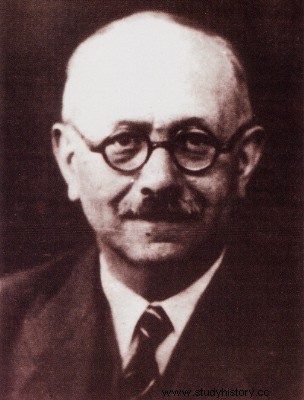
By Me. Cláudio Fernandes
When there is a group of historians or even two or three generations of historians working around a specific institution, such as a university or a specialized university journal, writing on similar topics and with a type of approach that is in tune, this group is called “historical school ” or “historiography school ”. In the 20th century, one of the most notable historical schools was the so-called Escola dos Annales , whose activity began in 1929.
This name, “Escola dos Annales”, became known because this group was organized around the French periodical Annales d'histoire économique et sociale (Annals of Economic and Social History), in which his main works were published. The two main names in the foundation of this journal were Lucien Febvre and Marc Bloch, and their main objectives were to combat historical positivism and to develop a type of History that took into account the addition of new sources to historical research and carried out a new type of history. of approach.
By historical positivism, which was the target of the “annales”, is understood a type of view of the work of the historian typical of a historical current that was also French, dominant in the 19th century. This current understood that the historian was enough to expose the written sources, without the need to interrogate the documents, to interpret them between the lines and to confront them with other sources, such as archaeological material remains, etc. The way of approaching the “annales”, on the contrary, began to value these other sources, in addition to written documents. If today there is the history of clothing, chewing gum, music album covers, among others, this is due to this effort to expand the analysis that Escola dos Annales unleashed.

The French historian Marc Bloch, a specialist in Medieval History, was one of the founders of the Annales School *
Other important names followed Bloch and Febvre, such as Fernand Braudel, who became famous in the 1940s for developing a type of history that blended with Geography and took into account large temporal structures, which he called “long duration”. The greatest example of this is his work “The Mediterranean”, published in 1947.
Another example is that of the specialist in medieval history Jacques Le Goff, who, together with other historians heirs of the “annales”, such as Pierre Nora, organized what became known as “História Nova”, a type of History that further widened the research possibilities opened up by the Annales School.
*Image Credits:Wikimedia Commons
